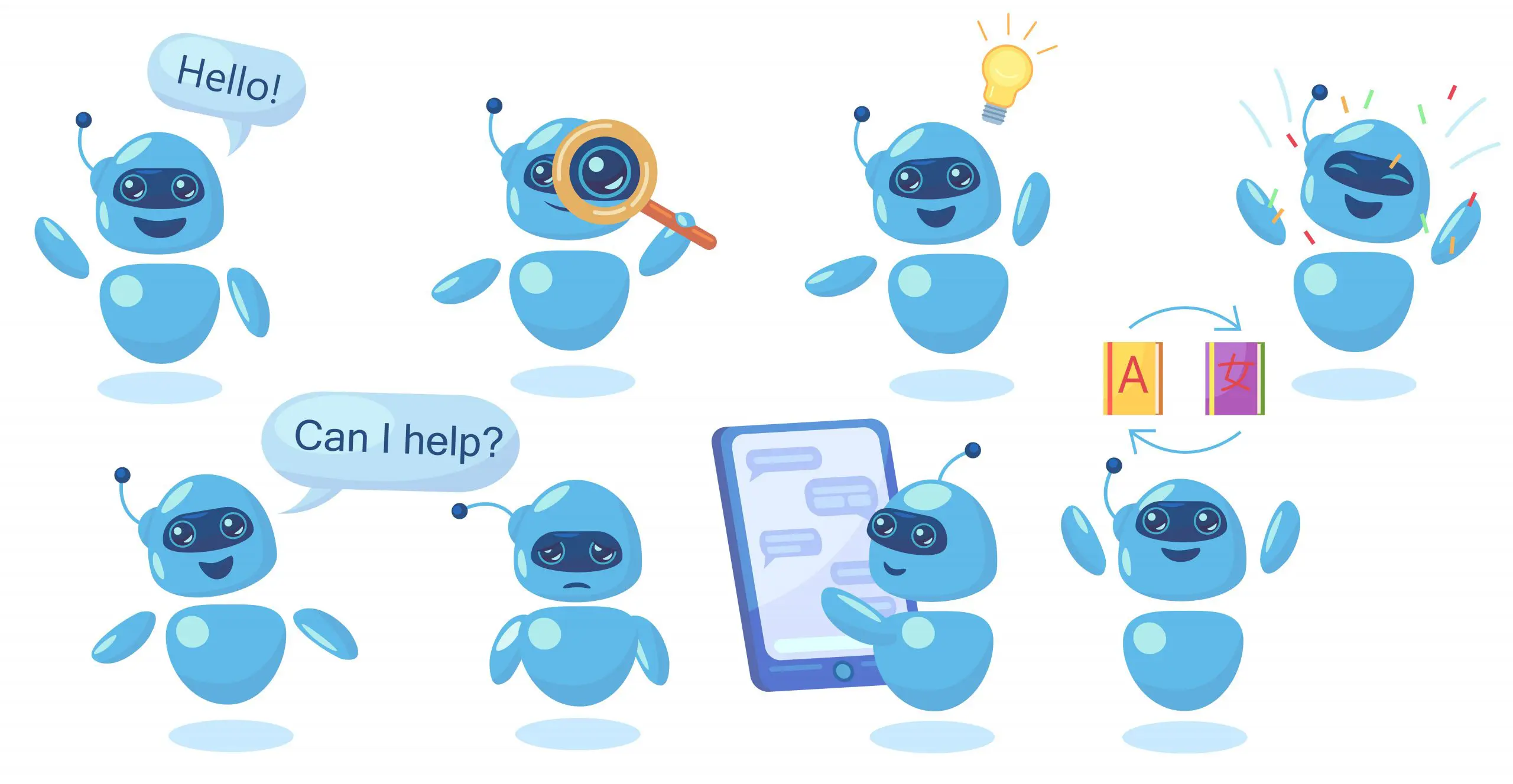In today's rapidly evolving digital landscape, businesses are constantly seeking innovative solutions to enhance customer engagement and streamline operations. Among the most transformative technologies in this regard are chatbots and conversational AI. This guide delves into the strategic implementation of these tools, offering actionable insights for businesses looking to harness their potential.
Understanding Chatbots and
Conversational AI
Before delving into implementation, it's
essential to distinguish between chatbots and conversational AI. Chatbots are
programmed to respond to specific commands or queries, often with pre-defined
responses. In contrast, conversational AI utilizes advanced algorithms,
including natural language processing (NLP) and machine learning, to understand
and respond to a wider array of human interactions more dynamically.
Step 1: Assessing Business
Needs and Goals
The first step in implementing chatbots and
conversational AI is to assess your business's specific needs. Determine the
areas where these technologies can add the most value, such as customer
service, sales, or internal operations. Establishing clear objectives is
crucial for measuring the success of your implementation.
Step 2: Choosing the Right
Platform
Selecting the appropriate platform is critical.
Consider factors like integration capabilities with existing systems,
customization options, and the level of support offered. Platforms like
Dialogflow, IBM Watson, and Microsoft Bot Framework are popular choices, each
offering unique features and strengths.
Step 3: Designing the User
Experience
Designing an intuitive and engaging user
experience is vital. This involves crafting conversation flows that feel
natural and are easy to navigate. Pay close attention to the language and tone
used, ensuring it aligns with your brand and audience.
Step 4: Developing and Training
the Bot
Developing your chatbot or AI system involves
programming responses and integrating it with your data sources. Training the
AI with a wide range of sample interactions is crucial for improving its
understanding and response accuracy.
Step 5: Testing and Iteration
Before full deployment, extensive testing is
necessary. This phase helps identify and rectify any issues in understanding
user queries or providing accurate responses. Iteration based on feedback is
key to refining the system.
Step 6: Implementation and
Integration
Once tested, integrate the chatbot or AI system
into your business processes. This could involve embedding it on your website,
integrating it with social media platforms, or connecting it with internal
communication tools.
Step 7: Continuous Monitoring
and Improvement
Post-implementation, continuous monitoring is
essential to ensure the system performs as intended. Regularly updating the AI
with new data and interactions will help in adapting to changing user behaviors
and preferences.
Leveraging Chatbots and AI for
Business Growth
Implementing chatbots and conversational AI can
significantly enhance customer engagement and operational efficiency. They
provide instant responses to customer inquiries, reduce workload on human
staff, and can lead to increased sales and customer satisfaction.
Future Trends and Advancements
The future of chatbots and conversational AI is
promising, with advancements like voice recognition and more sophisticated AI
models. Staying abreast of these trends will be crucial for businesses looking
to maintain a competitive edge.
In conclusion, the strategic implementation of chatbots and conversational AI can be a game-changer for businesses. By following these steps and continually adapting to new developments, companies can effectively engage with their audience and streamline operations, paving the way for enhanced growth and success.



Comments
Post a Comment